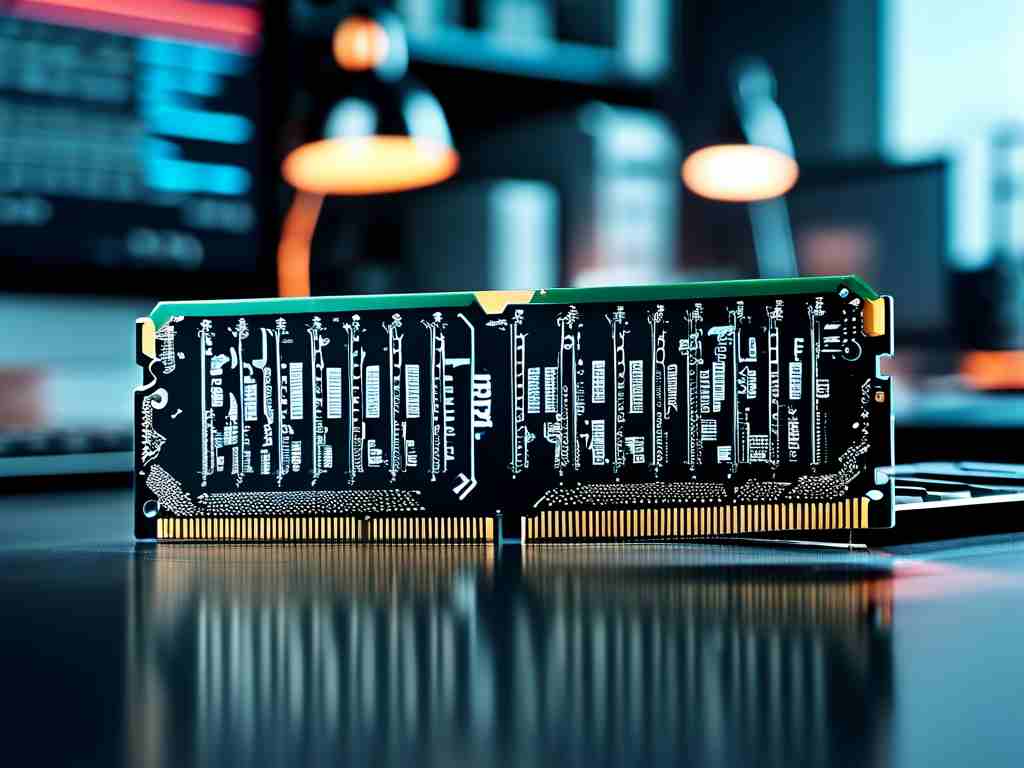In the rapidly evolving world of computer hardware, DDR6 memory represents the next frontier in data transfer technology, with its frequency playing a pivotal role in defining system performance. Memory frequency, measured in megahertz (MHz) or megatransfers per second (MT/s), dictates how quickly data moves between the memory modules and the processor, directly influencing the speed and efficiency of computing tasks. As DDR6 emerges as the successor to DDR5, its anticipated higher frequency benchmarks promise significant leaps in bandwidth and latency reduction, making it a hot topic among tech enthusiasts and industry professionals alike. Understanding this aspect is crucial for anyone involved in building or upgrading high-performance systems, from gaming rigs to enterprise servers.

DDR6 memory frequency is expected to start at around 6400 MT/s and potentially scale beyond 8400 MT/s, a substantial increase over DDR5's typical range of 4800-6400 MT/s. This boost stems from advancements in signaling techniques and circuit design, allowing for faster clock cycles without compromising stability. Higher frequency directly translates to greater bandwidth, which is the volume of data transferred per second. For instance, in bandwidth calculations, frequency multiplied by the data width (e.g., 64 bits) gives the peak transfer rate, enabling DDR6 to handle intensive workloads like real-time AI processing or 8K video editing more smoothly than its predecessors. However, achieving these speeds requires careful engineering to manage heat dissipation and power consumption, as higher frequencies can lead to increased thermal output and energy demands, posing challenges for cooling solutions in compact devices.
The importance of DDR6 memory frequency extends beyond raw numbers to real-world applications. In gaming, for example, a higher frequency reduces stuttering and load times by ensuring that game assets stream faster from memory to the GPU. Similarly, in data centers, elevated frequencies support faster database queries and cloud computations, enhancing overall server throughput. Compared to DDR5, DDR6's frequency improvements also help mitigate latency issues, where lower delays in data access mean quicker response times for applications like virtual reality or autonomous driving systems. This generational leap is driven by industry standards from organizations like JEDEC, which focus on optimizing frequency for scalability across various platforms, ensuring compatibility with next-gen CPUs and motherboards.
Despite the excitement, adopting DDR6 with its high frequencies involves trade-offs. Higher frequencies demand more precise manufacturing to minimize signal interference and errors, potentially increasing production costs and limiting early adoption to premium markets. Additionally, while frequency boosts performance, it must be balanced with other factors like voltage regulation and error-correction mechanisms to prevent data corruption. Looking ahead, as DDR6 rolls out in the coming years, its frequency advancements will likely spur innovations in areas like edge computing and IoT, where fast, reliable memory is essential. Ultimately, mastering DDR6 memory frequency will empower users to unlock new levels of efficiency, making it a cornerstone of future technological progress.









